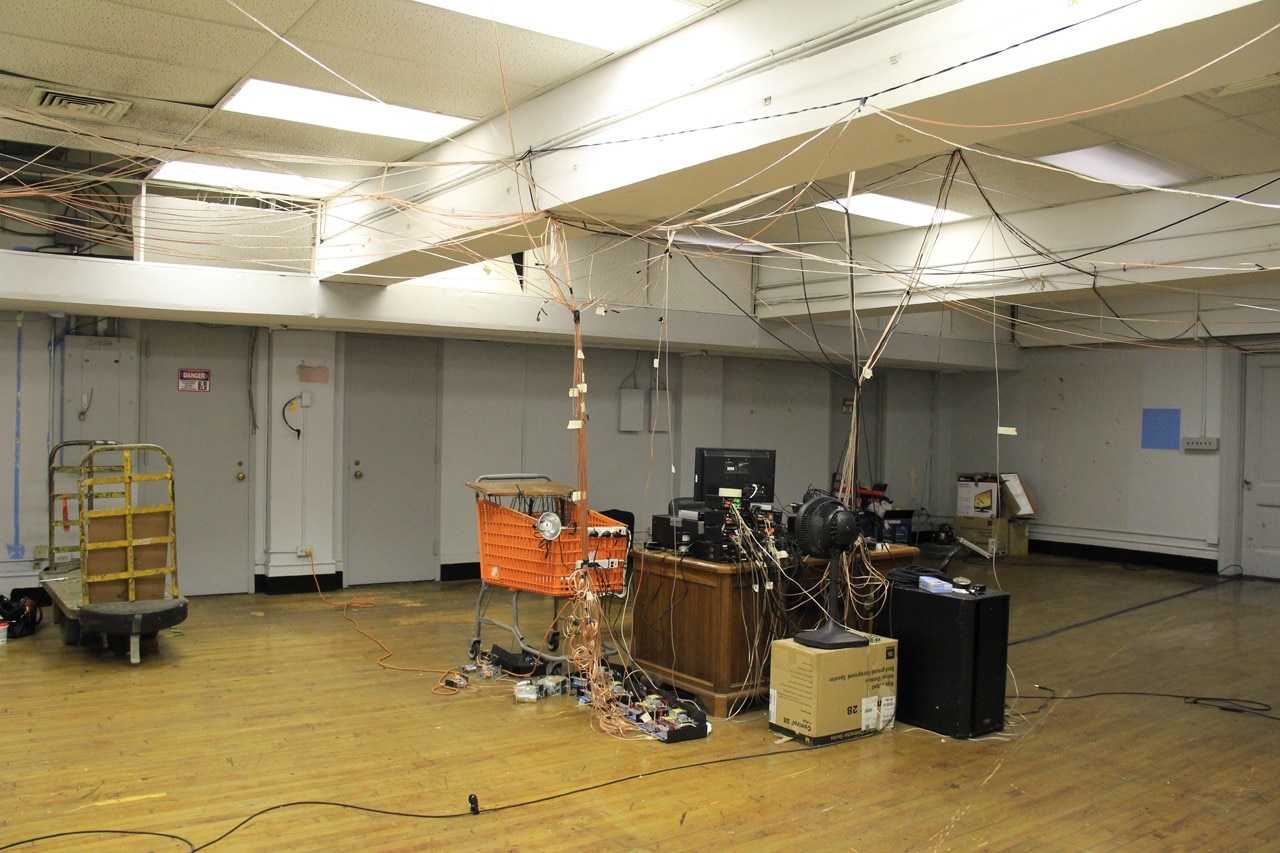Polish artist Katarzyna Krakowiak transformed the biggest post office in New York – the James A. Farley Post Office into a monumental sound sculpture. In an interview with Architecture Snob, Katarzyna discusses her project titled The great and the secret show / The look out gallery, which she presented as part of the Performa 13 festival and her methods of work – using architecture deconstruction as her primary tool.
Architecture Snob: You are the author of numerous installations bordering on architecture and art. In 2012, you received a honorable mention for your exhibition in the Polish Pavilion at the Venice Architecture Biennale. Back then, you transformed the entire building into one sound sculpture and, what is more, you used the ventilation system in the pavilion to “eavesdrop” on other buildings. At this point, you are working on much larger scale. You are currently presenting a project in New York, which interferes with the monumental James Farley Post Office building. How did you come up with the idea to locate your installation in this incredibly boring federal building situated in Central Manhattan?
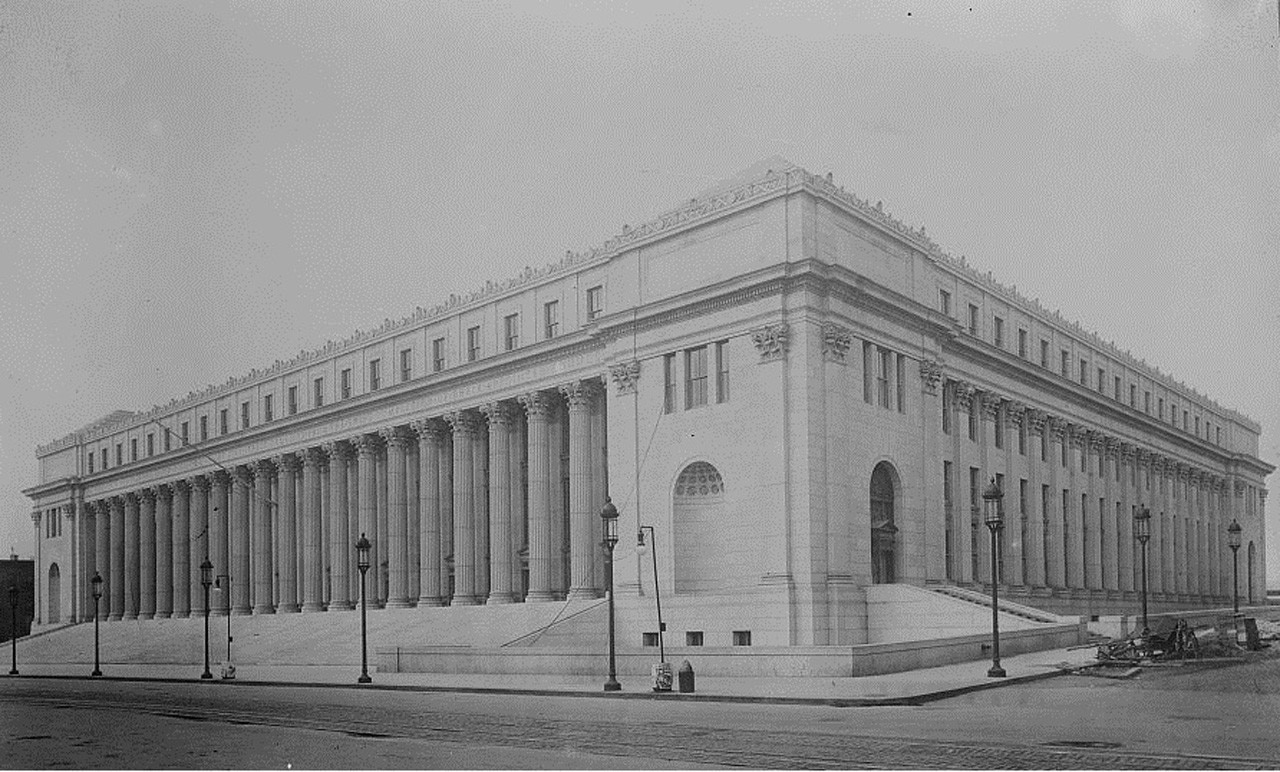
Katarzyna Krakowiak: I was invited to participate in the Performa festival, hence my visit to New York. Storefront for Art and Architecture is the curator of my project. Because I always work site-specific, I was very scrupulous in looking for the perfect spot to locate my installation, a spot which would allow me to express my current concerns – the global crisis in terms of the economy, but also in wider terms – the crisis of values, also present in art or architecture. I focused on the latter, examining it and looking for its causes, asking a question, why some things either do not work or pretend to be working, suppressing the truth about the non-functionality of architecture, devaluation of its modernist ideas.
This is how I came across the Penn Station Post Office – this is the common, unofficial name of the James Farley Post Office.
AS: What was so intriguing in this building?
KK: I was fascinated by a relation: on the one hand, we have apparent respect imposed by the building, its external layer, its façade with its long colonnade, pompous staircase in the front and the mere fact that it is surrounded by a dry moat, which intensifies its sacral-like character. On the other hand, there is the fact that I have become familiar with quite recently, as I was passing this office building – that it is generally quite empty inside, that it isn’t working as it should. I heard it from a random New Yorker. I was surprised to hear that, since nothing on the outside shows signs of the building being uninhabited. What you only see are renovated, beautiful façades.
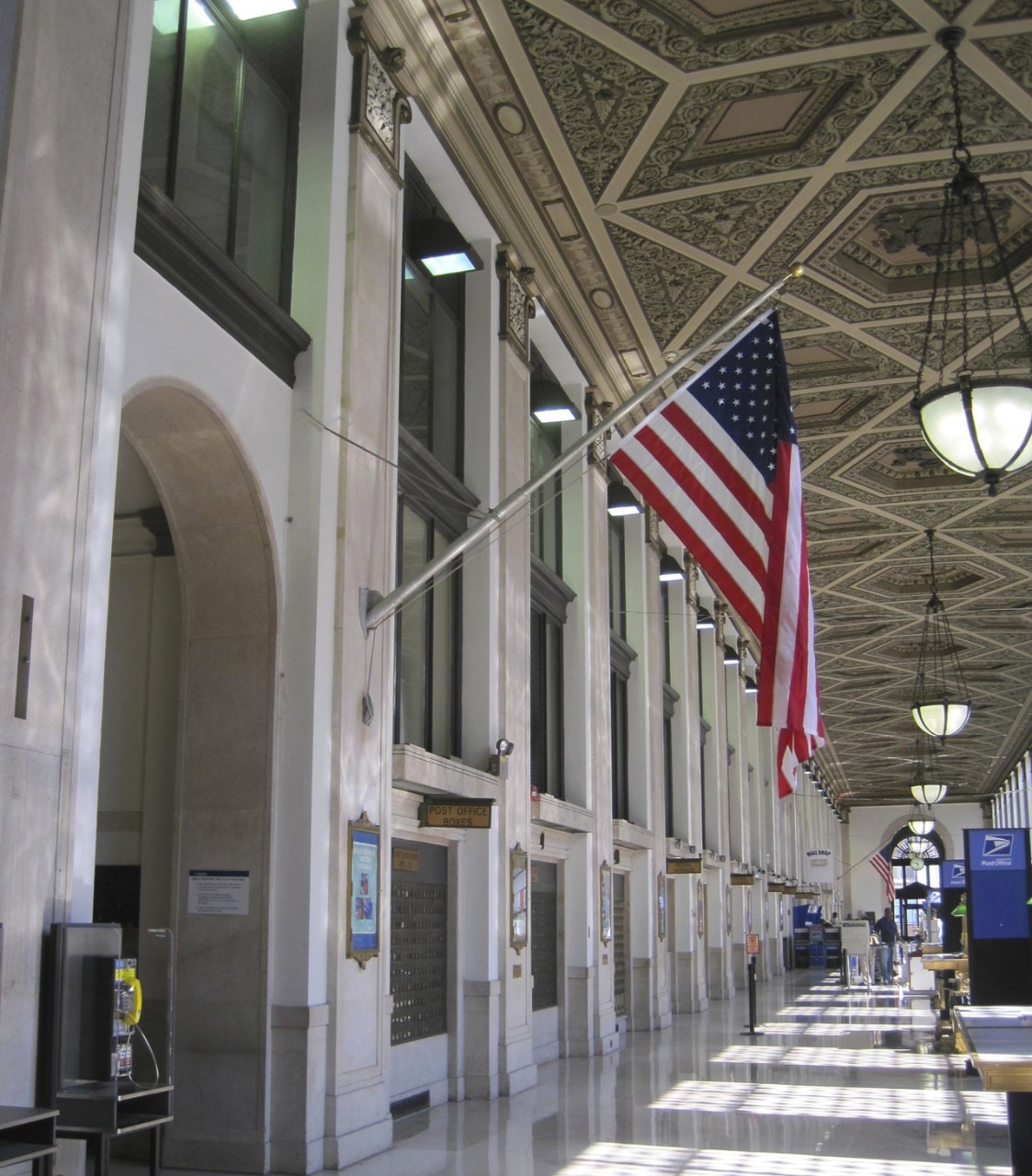
AS: This was the crisis you had been looking for?
K:K: The building manifests crisis on many layers. We should remember that local authorities are particularly careful in ensuring that public spaces do not show any symptoms of crisis. It is general knowledge that when the stock market undergoes a crack, its first victims are real estate companies, construction investors, and then we encounter vacant office buildings. The city of New York takes care of these buildings, making sure they don’t haunt the passers-by. They are artificially illuminated, some of them have people switching on the lights inside, although there is no one working on living there. And it’s not surprising at all – Manhattan is the center of the universe. Any sign that something not working properly could be a potential lethal certificate for the American economy. The authorities are therefore staging an illusion, hence my ironic name for my project – The great and secret show – although I borrowed it from a science-fiction novel I had been reading during my previous visit in New York.
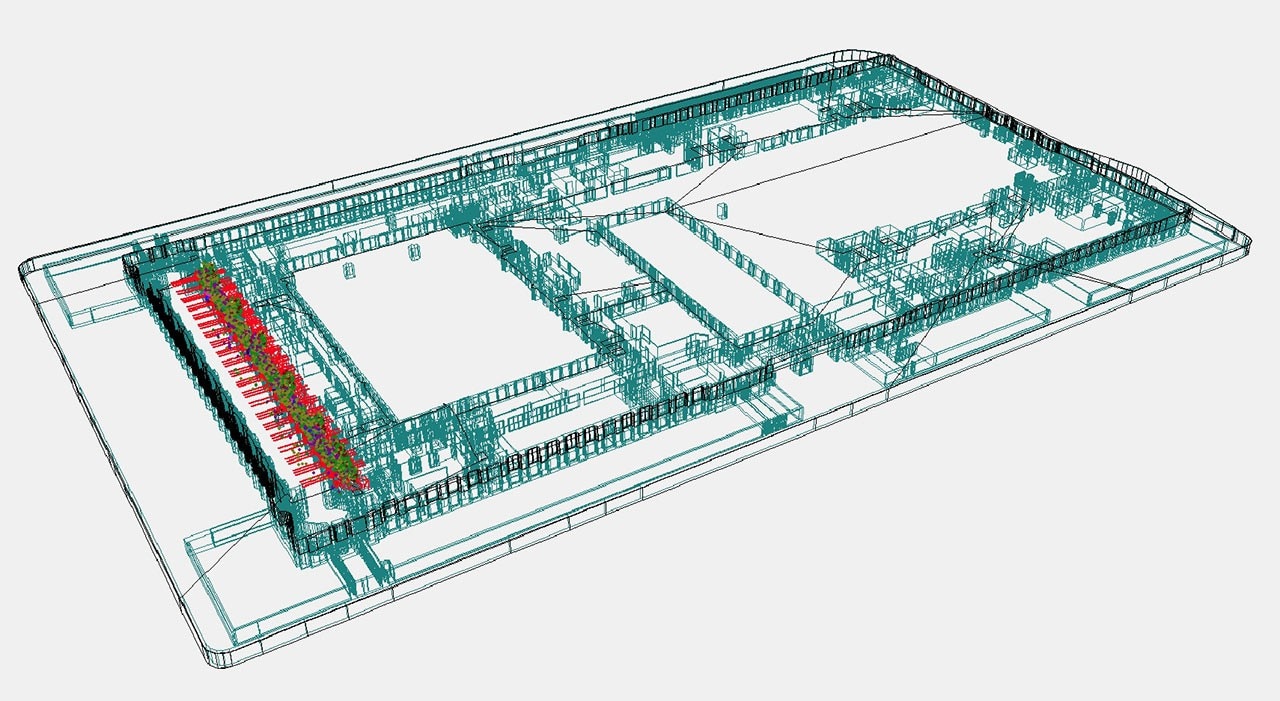
AS: This means that New York is now facing the same problem as Detroit – that is vacant buildings?
KK: Yes, but not in such extreme form as Detroit. For me, it is fascinating how the cities manage to keep up the appearances, not to raise panic, while aware of the fact that the system is not working properly. The buildings provide the façade of managing the crisis situation.
AS: The post office is still functioning though.
KK: Yes, but there were once 16 thousand people working there. Today, this is merely 200, and periodically, when there were peaks in postal services. The building itself is gigantic – its takes the area of two typical New York quarters. When entering front, we land in a beautiful, historic customer service hall, where all our postal services are carried out. We are unaware, however, that hundreds of rooms in the back are completely empty.
This building also carries other meanings. In the era of common digital communication, traditional postal services are discarded. What also changed is the functioning of the post office –this building, the oldest part of which is over 100 years old – now houses post stamp machines or self-service post boxes. Nowadays, you don’t need as many employees to perform the same works, as you used to before. This building reminds us of the great civilization leaps we have made and proves that architecture doesn’t sometimes follow-up.
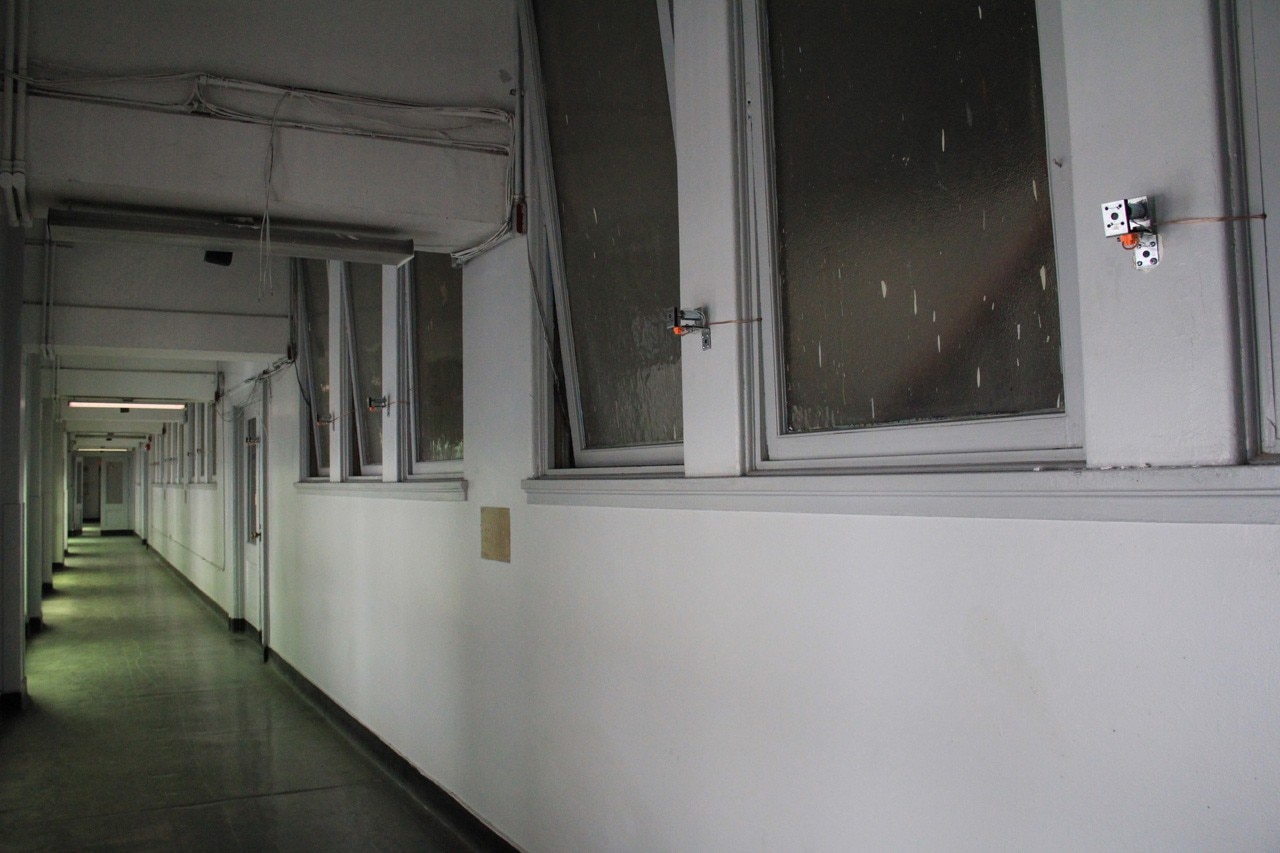
AS: Tell us more about your installation. Its subtitle is The look out gallery.
KK: This is the name of the spot, from which one will be able to “enter” my installation directly. Indirectly, it is audible through a long-distance echo or vibrations, also in the fully operating part of the building, in the main hall. When I found this building, I was looking for a place inside, which would be characteristic for the building and which would respond to various aspects of crisis in the best way. This is how I discovered mysterious corridors running across the entire building, called “the look out gallery” by the workers. It is a part of the former employee supervision system.
When the building was erected – and it was constructed in two stages – before World War I and in the 30s – the was no CCTV. Controllers, managers supervising the work of other employees observed them from these corridors, which were sometimes located high up, under the ceilings of spacious halls, above the workers’ heads. This architectural element stands for the past, for something that is not functionally justifiable today. At the same time, it encompasses a symbolic oppressiveness, and the typically human need to snoop around. Walking down these galleries, one may imagine how people would observe others, while remaining invisible to them.
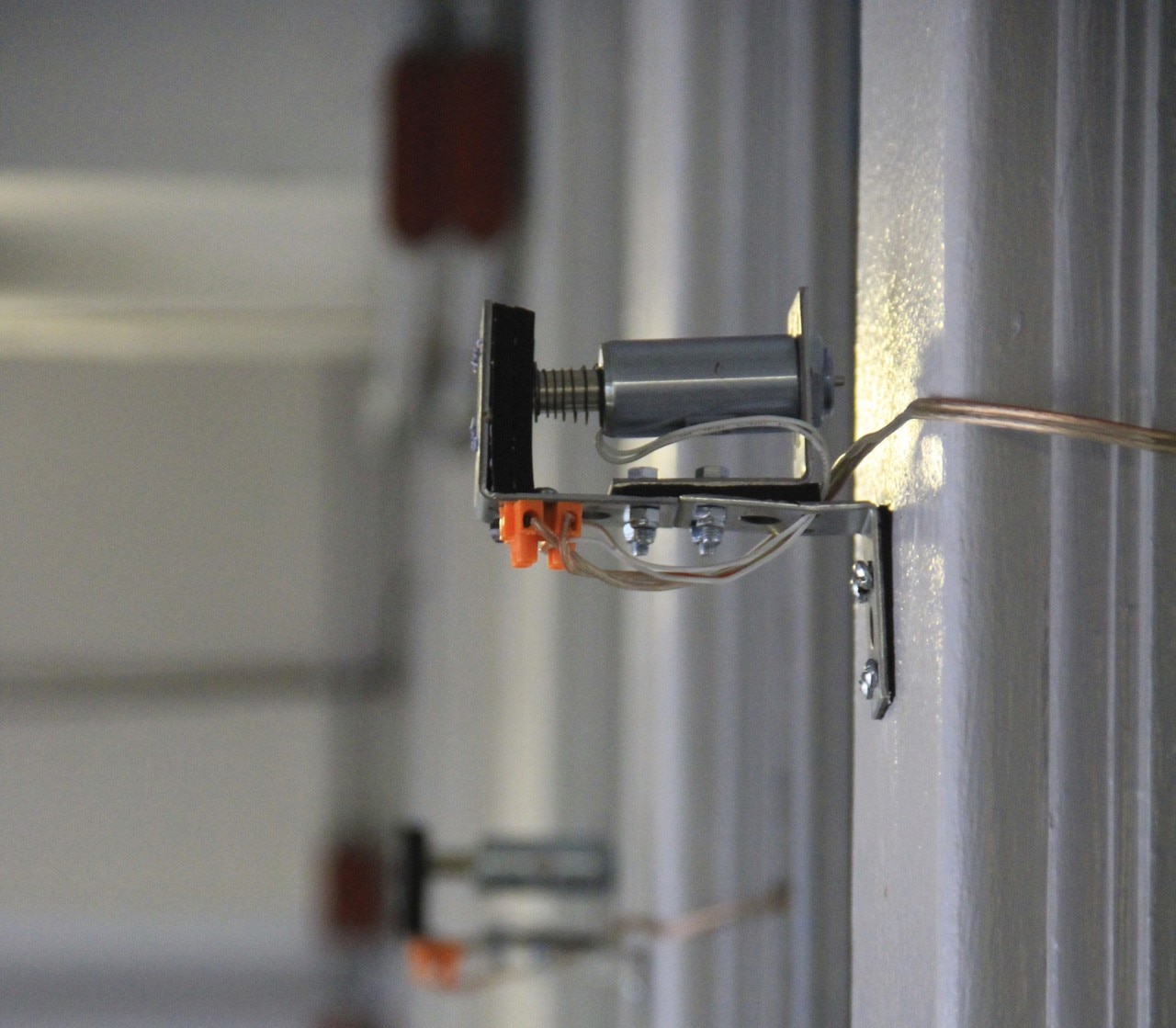
AS: You are brining large, empty rooms to life. Walking down a corridor, you can hear the pre-recorded sounds of typical post office work – placing stamps, door hinge creaking, typing. Your project reminds us that our memories are not only images, but also smells and sounds.
KK: I think that sounds, not music or words, but abstract sounds or vibrations we collect from the environment have great impact on how we perceive reality. The motto of my work is a sentence by Gonzalez-Crussi “In perceiving, our whole body vibrates in unison with the stimulus (…) Hearing is, like all sense perception, a way of seizing reality with our body, including our bones and viscera.”
AS: But in perceiving reality, the post office building, you go a step further. You placed small devices you call the “knockers” all across the corridor. The devices are your own prototypes – they knock on the walls of the building in different rhythm and volume.
KK: I wanted to make a reference to the scale of the building. Architects from McKim, Mead & White, who built the original, former Pennsylvania Station building, followed the European Beaux-Arts style. Both these buildings, facing one another, were monumental in nature. With them, the human would feel minute, as if facing mountains.
These small mechanisms are a form of touch, but this is not the only method to sense that the building exists. At the same time, the knockers revive dead corridor spaces, activate their walls, make them vibrate. They activate the parts of the building we don’t have access to – I placed some of the devices in concealed spaces, technical rooms. On the other hand, even if I used a thousand devices, it wouldn’t still be enough to embrace the building, because it still dominates over the human. It overwhelms with its scale.
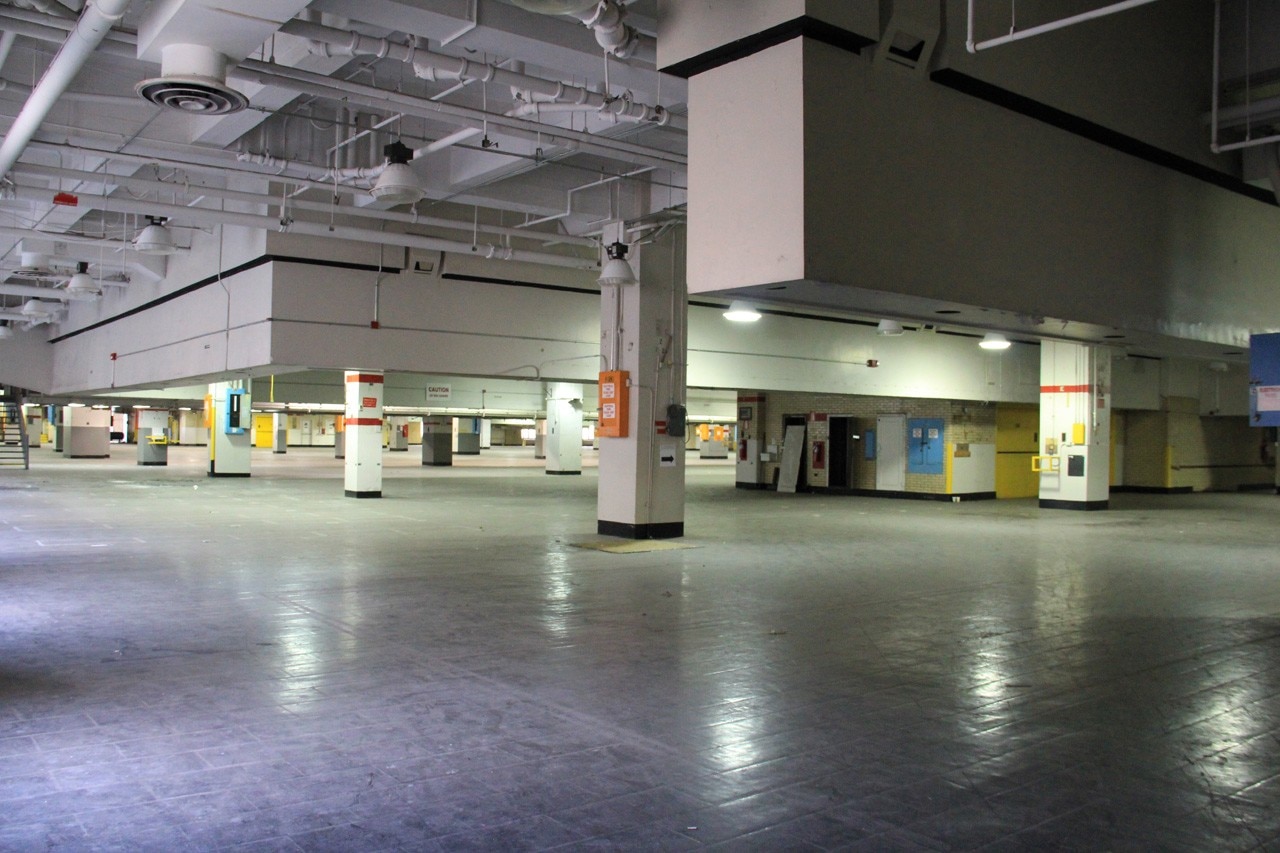
AS: For us, your installation represents sensuality, impression, incredible atmosphere created by introducing oppressive sounds into the severe space of the building. On the other hand, it is sophisticated, intellectual adventure – you deconstruct architecture through interference.
KK: As with some of my former projects, I have worked with large, spectacular buildings, where I would use sounds or small forms of interference – like bricking up the door or lowering the ceiling – to overwrite architecture, erase its primary functions. I am interested in a criticism of architecture, its matter. Architecture critics have been discrediting functionalist for some time now.
Through my work, I am trying to make people aware that architecture can be insufficient, working improperly. In my New York project, I am placing myself and my viewers in a spot, where we can realize that the problem with architecture, its crisis, is deeper than we think it is. I demonstrate the fact that we tend to think cursorily, superficially of architecture, which leads to misconceptions. Just as in the case of the post office building – we perceive it as fully functioning. Only after we have taken a thorough look, we can see that this is just a façade, fiction. We are living in a time of excessive fiction, and architecture is yet another victim of that. This way, we are losing true values, real matter out of sight. What we are left with is the show!


